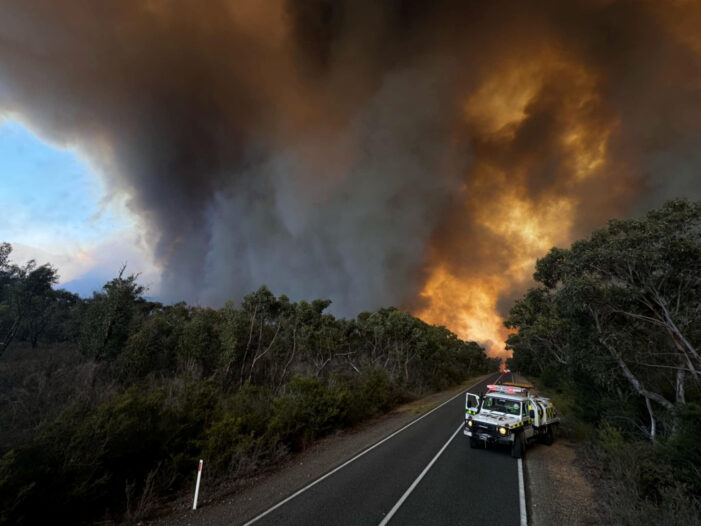Unusual weather patterns and climate change are reshaping the way experts predict fire risks across Australia — and raising concerns for popular travel destinations.
What used to be a predictable seasonal challenge is now becoming a “whole new ball game”, according to fire authorities.
Weather Shifts Forcing Reassessments
Recent anomalies, including the Sudden Stratospheric Warming, may lead to warmer and drier conditions in parts of the country. This has prompted scientists and emergency leaders to rethink the bushfire outlook for the coming months.
Greg Mullins, founder of Emergency Leaders for Climate Action and former Fire and Rescue NSW commissioner, explained on ABC Radio National:
“Our bushfire outlook for spring was actually for much wetter than normal conditions, with little fire risk except in some drought-affected parts of South Australia and Victoria.
Now we’re rewriting that. Everybody’s asking: how long will this last?”
He noted that this type of weather pattern has only been recorded twice before — both times leading to some of Australia’s worst-ever fire seasons.
-
In 2002, NSW endured a devastating fire season.
-
In 2003, Canberra faced a “firestorm” that destroyed 500 buildings and claimed lives.
“We could get quite serious bushfires this year, but nobody really knows. And this is one of the impacts of climate change,” Mullins said.
Global Fire Risks Rising
New research from the University of Tasmania’s Fire Centre shows catastrophic wildfires are increasing worldwide.
The study mapped 44 years of disaster data and revealed that 43% of the world’s worst fires occurred in just the past decade.
Researcher Calum Cunningham said Mediterranean-style climates — such as southern Europe, California, southern Australia, and Chile — are particularly vulnerable.
“These are areas with a lot of valuable assets, where many people want to live. That makes the damage even worse when fires occur,” Cunningham explained.
Tourism in the Line of Fire
Many of the regions facing the highest fire risks are also among Australians’ favourite holiday spots.
A Tourism and Transport Forum survey found that younger Australians (25–34 years) are the most likely to view extreme temperatures as a key factor in their travel choices.
Cunningham warned that Australia ranks high on the global list of disaster hotspots, with its temperate forests and Mediterranean-type climates mirroring other at-risk regions overseas.
What Can Be Done?
While climate change poses a global challenge, Cunningham stressed that local, everyday actions can make communities safer.
Simple steps include:
-
Maintaining a static water supply
-
Regularly cleaning gutters and roofs
-
Adopting safer land management practices
“It’s easy to see climate change as a huge, complex issue,” he said. “But there are things Australians can do at home that will make a real difference.”
🔥 In short: As summer nears, Australia faces an unpredictable fire season shaped by shifting climate patterns. While experts warn of global and local risks, proactive measures at the household and community level can still help reduce the danger.


You must be logged in to post a comment Login